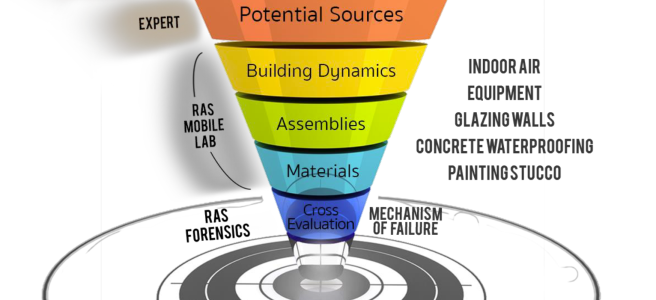PHASE 1 STRUCTURAL SAFETY ASSESSMENT (2 WEEKS)
Condition Assessment of Exterior Facade and Common Areas
Inspection of interior units
Testing Report and Meeting with Client
PHASE 2 STRUCTURAL SAFETY TESTING (2 WEEKS):
Exterior walls testing for bid quantities / schedule of values
Engineer’s structural compliance report
PHASE 3 SPECIFICATIONS (3 WEEKS)
Specifications for Structural Repairs
Roofing Specifications (if needed)
Electrical Specifications (if needed)
PHASE 4 BIDDING (2 WEEKS)
Project management during bidding and construction.
PHASE 5 PERMITTING (6 WEEKS)
Code Compliance Design Drawings.
PHASE 6 CONSTRUCTION
Engineer of Record construction support services as required by BOD or Contractor and Supervision acting as Special Inspector.
To request a complimentary review of the structural assessment, contact us:
Contact Us










